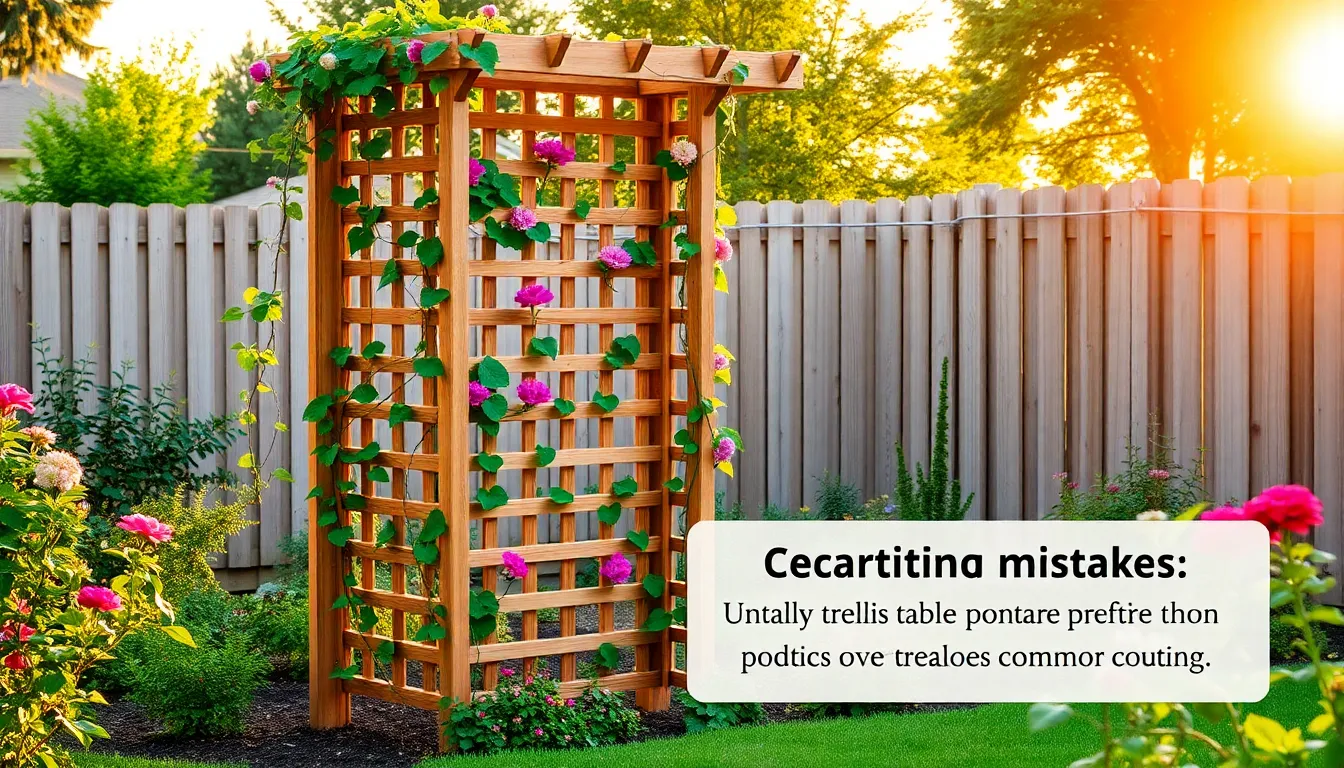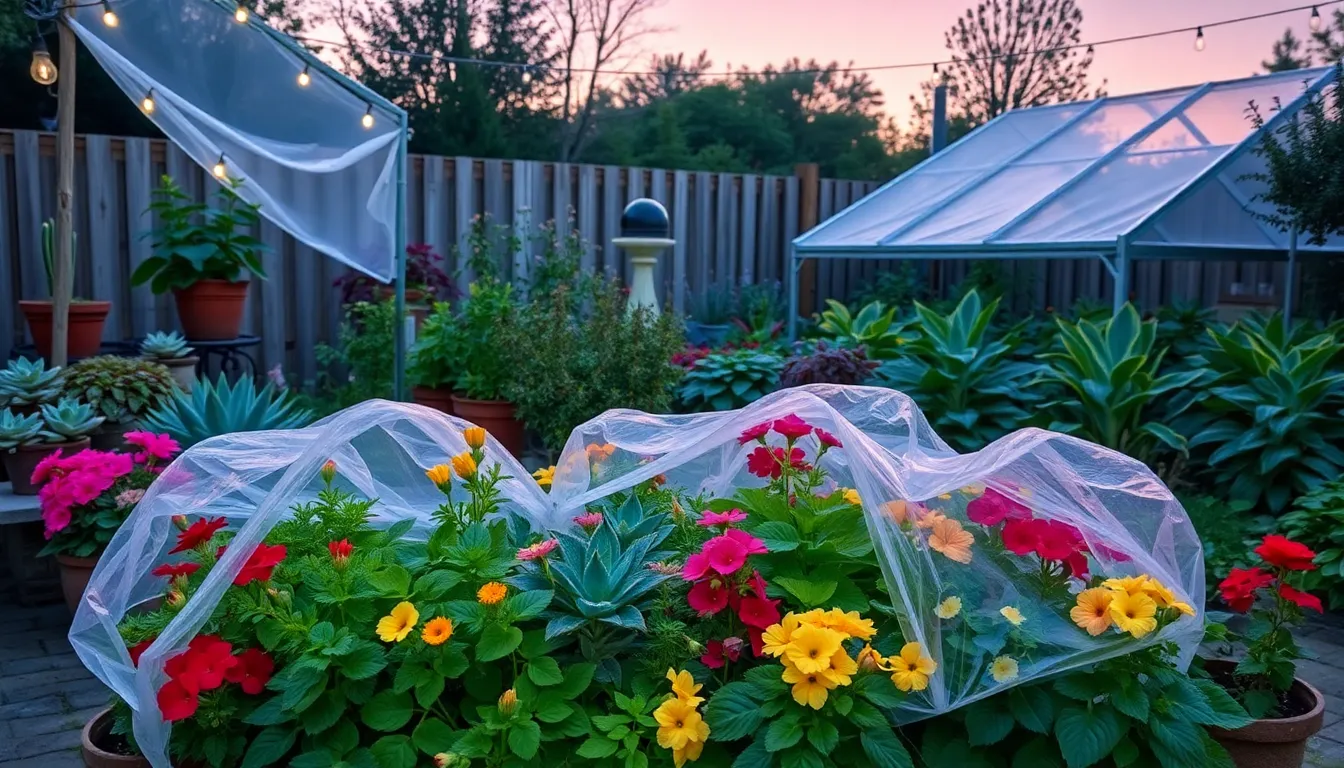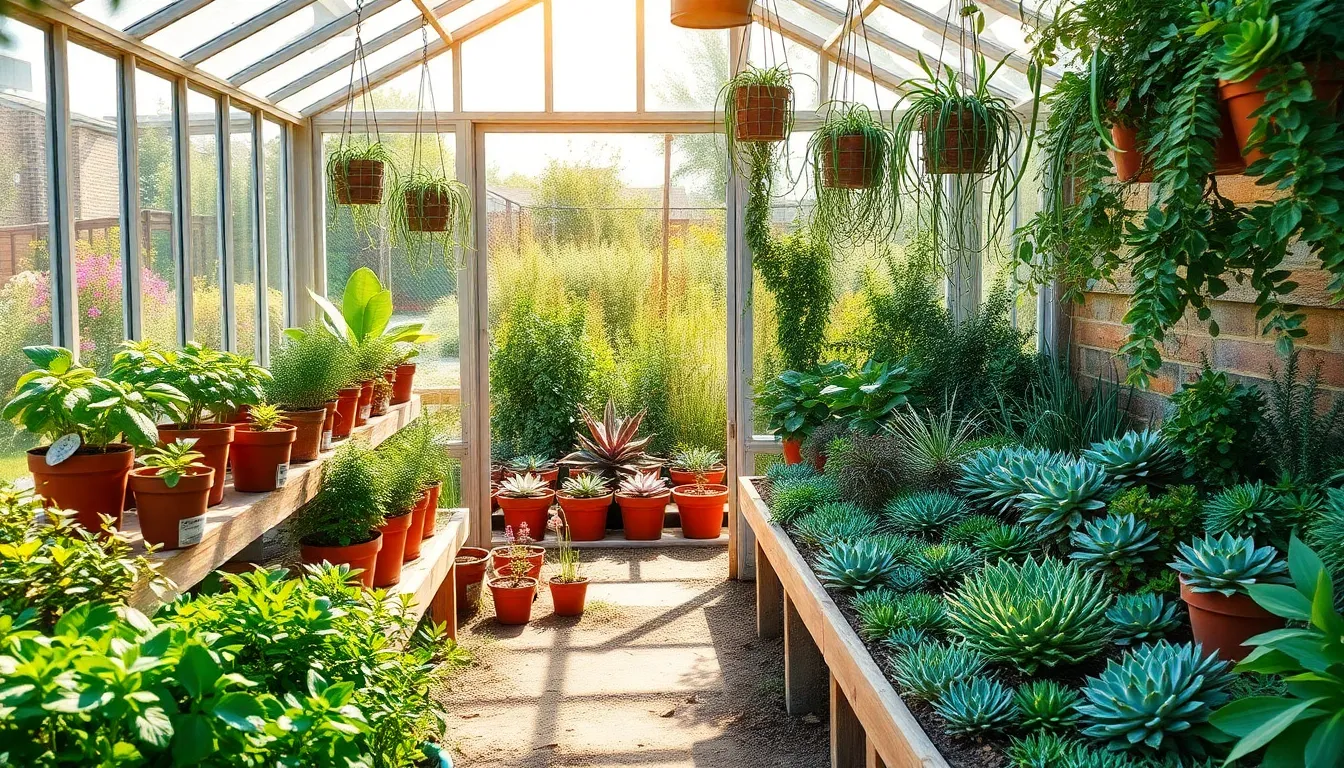Gardening beneath the protective embrace of a greenhouse can turn your horticultural dreams into a year-round reality. For both novices and seasoned gardeners, the question of how often you should build or upgrade your greenhouse is as crucial as the soil beneath your plants. A greenhouse not only extends your growing season but also offers a controlled environment where your plants can flourish regardless of the weather outside. Whether you’re nurturing tender seedlings or cultivating exotic blooms, understanding the optimal timing for constructing or enhancing your greenhouse can make all the difference.
Embarking on the journey to build a greenhouse can feel like a big step, but it’s one filled with endless possibilities. In this article, we’ll explore the factors that influence how frequently you might need to build or renovate a greenhouse, tailored to both budding gardeners and those with green thumbs already seasoned by years of experience. You’ll gain insights into recognizing the signs that it might be time for an upgrade, from space constraints to technological advancements that can improve efficiency and yield. Armed with this knowledge, you can make informed decisions that align with your gardening goals and resources.
For beginners, the allure of a greenhouse lies in its promise to protect and nurture plants in a way that feels almost magical. Meanwhile, experienced gardeners will find value in evaluating how often their growing ambitions and environmental needs prompt a new project. Throughout this article, we’ll delve into the practical aspects of greenhouse construction, offering a roadmap that demystifies the process and empowers you to bring your vision to life. Get ready to cultivate not just your plants, but also a deeper connection with the art and science of gardening.
Understanding Greenhouse Lifespan
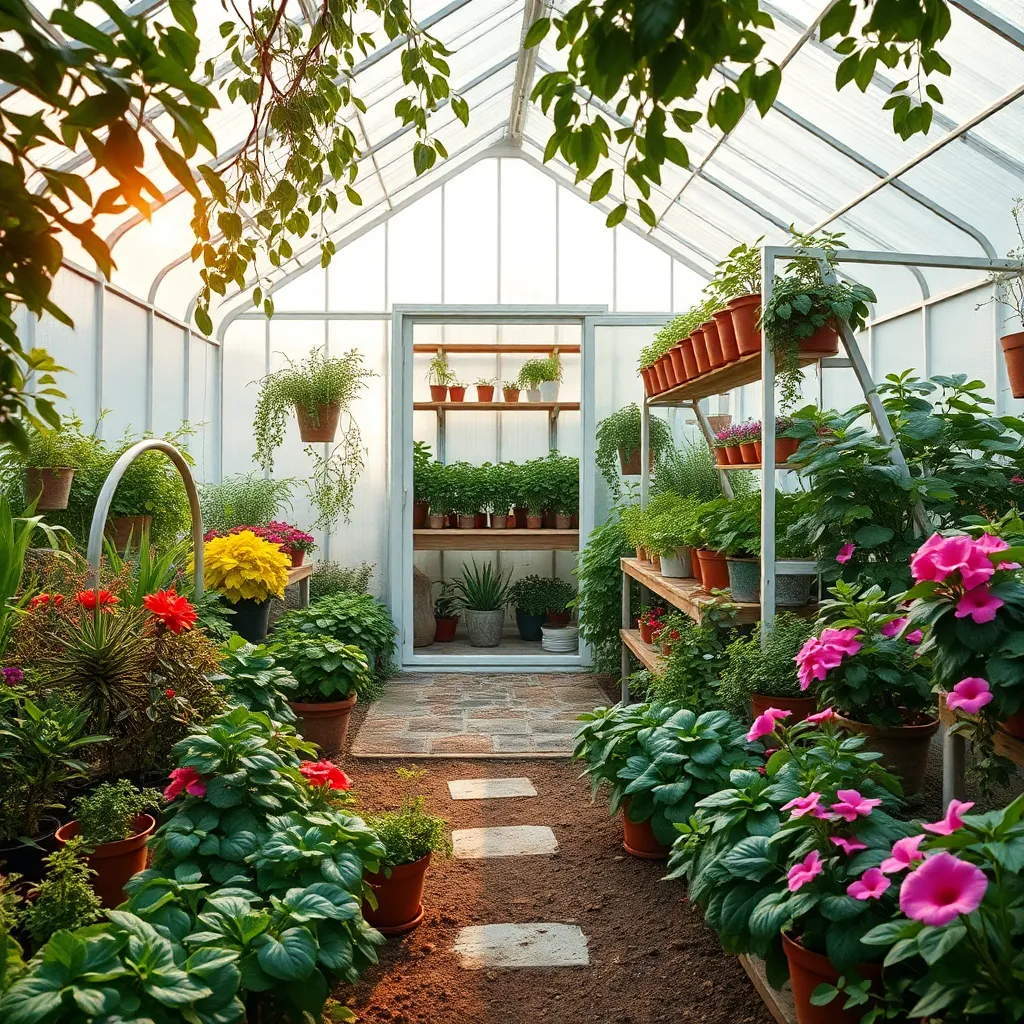
Greenhouse lifespan can vary significantly depending on the materials used and the level of maintenance provided. Polycarbonate greenhouses typically last about 10 to 15 years, while glass structures can endure for over 25 years if well-maintained.
Regular maintenance is crucial to extending the life of your greenhouse. Ensure that you frequently check for any wear and tear, such as cracks in the panels or rust on the metal frames, and address these issues promptly.
To maximize your greenhouse’s lifespan, consider investing in quality materials from the start. For instance, using treated wood for the frame can prevent decay, while UV-treated polyethylene coverings can withstand sun exposure for longer periods.
Seasonal tasks can further enhance the longevity of your greenhouse. In the fall, make sure to clean the gutters and vents to prevent blockages, and in the spring, inspect the seals and weatherstripping to maintain insulation.
Advanced gardeners can experiment with integrated pest management techniques to protect their plants without compromising the greenhouse structure. Encouraging beneficial insects and using organic control methods can reduce the need for potentially damaging chemical treatments.
Remember, a well-cared-for greenhouse not only lasts longer but also provides a more stable environment for your plants. By following these practices, you’ll ensure your greenhouse remains a productive part of your gardening routine for many years to come.
Signs It’s Time to Rebuild
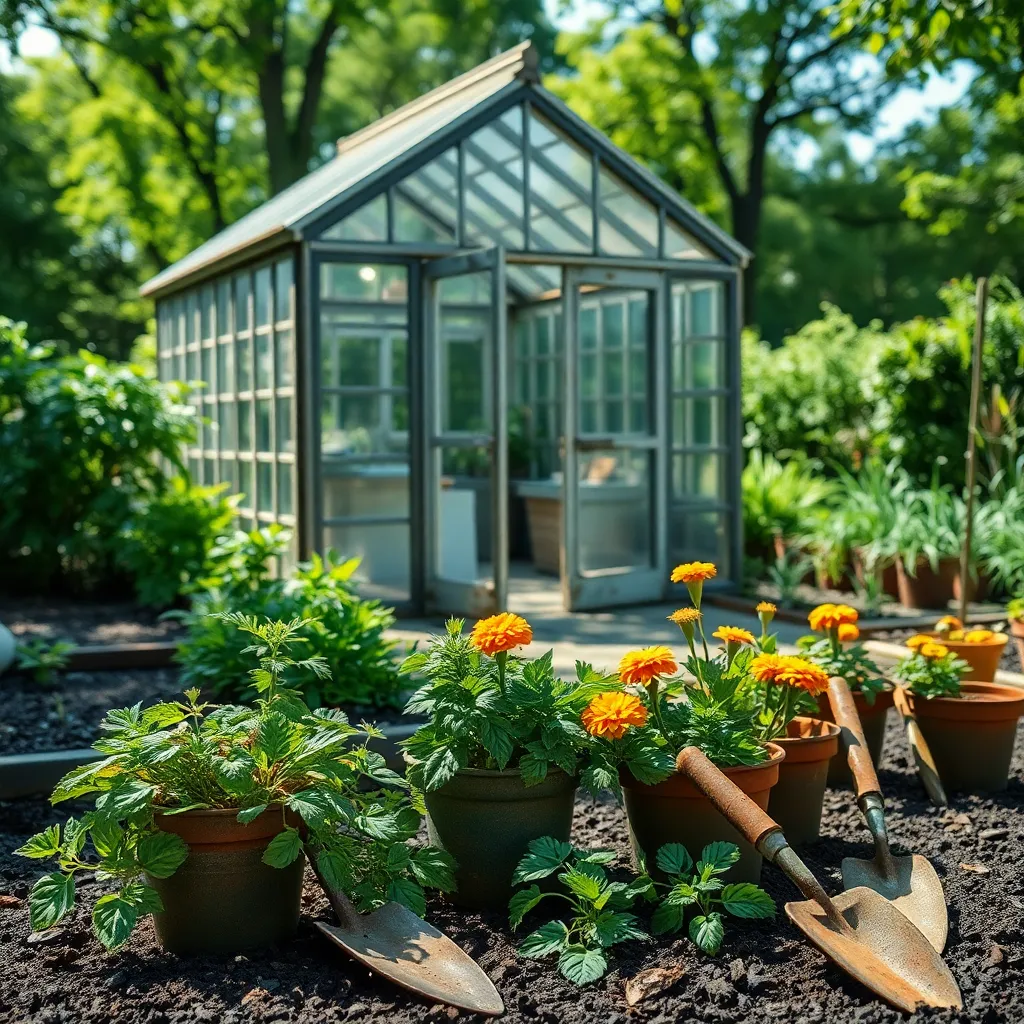
Recognizing when it’s time to rebuild your greenhouse can save your plants from adverse conditions. One of the first signs is the appearance of structural damage such as warped frames or broken panels, which can compromise insulation.
If you notice a significant drop in temperature regulation, it might be time to consider a rebuild. Insulation wear can affect your plants’ growing conditions, making it harder to maintain optimal temperatures for growth.
Another indicator is the presence of persistent leaks, especially during rainy seasons. Excess moisture can lead to mold growth, which is detrimental to both the structure and the plants within your greenhouse.
Additionally, if you find that your greenhouse no longer suits your gardening needs, it may be time to upgrade. Consider building a structure that supports new plant varieties or advanced gardening techniques like hydroponics or vertical gardening.
Regularly inspect your greenhouse for pest infestations, which can indicate the need for repairs or rebuilding. Sealed cracks and crevices are crucial in preventing pests from entering and disrupting your plant care routines.
Seasonal Factors Influencing Construction
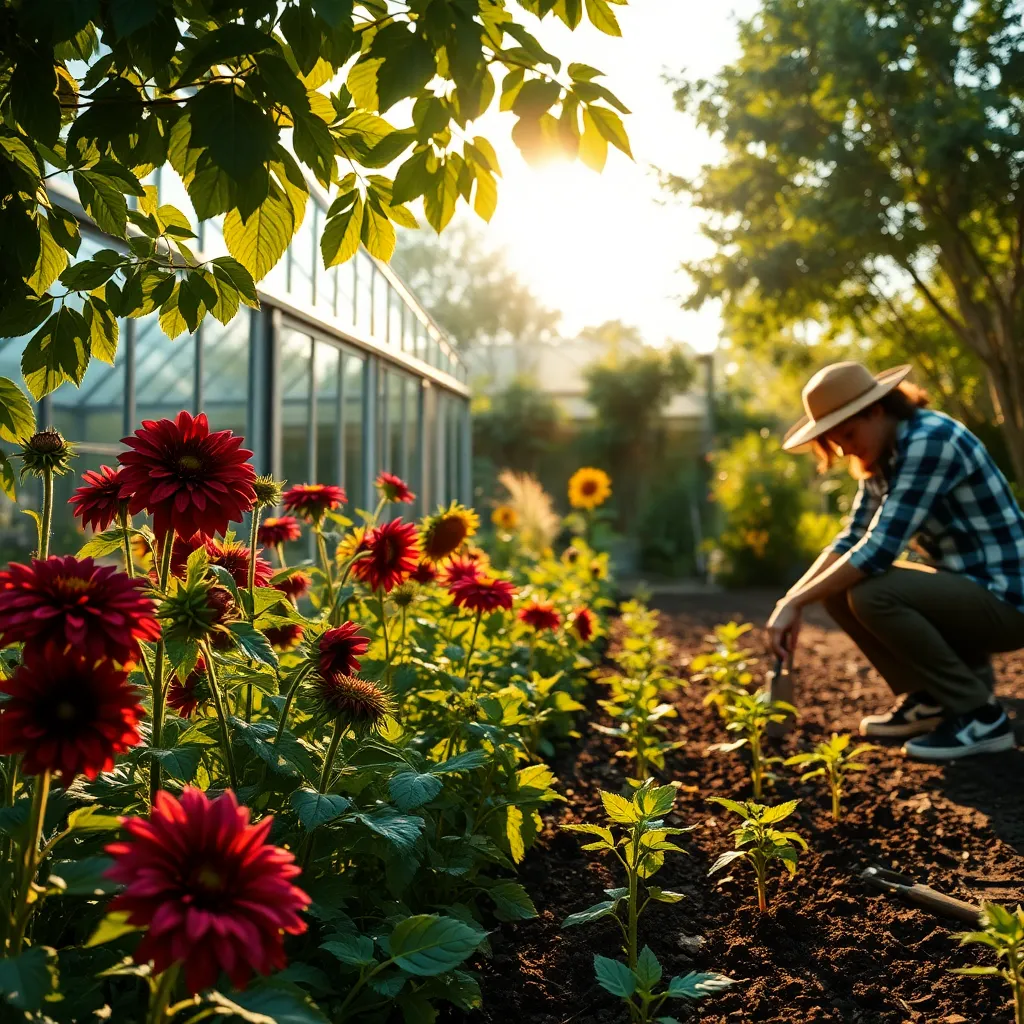
When considering the construction of a greenhouse, seasonal factors play a crucial role in determining the best time to start building. It’s important to plan your greenhouse construction during a dry season to avoid delays and ensure a stable foundation.
In many regions, late summer or early fall is ideal for greenhouse construction because weather conditions are generally more predictable. This timing also allows you to have a well-prepared space ready for winter sowing or early spring planting.
For those in colder climates, building during the warmer months ensures that materials like concrete and wood set properly without being compromised by freezing temperatures. Take advantage of the warmth to seal and treat any wooden structures against moisture damage.
It’s also beneficial to consider the position of the sun during different seasons to optimize light exposure, especially if you’re growing light-sensitive plants. Align your greenhouse east to west to maximize sunlight capture throughout the day.
Moreover, constructing your greenhouse when the soil is not too saturated will simplify groundwork and foundation laying. Consider raised beds within the structure to improve drainage and control soil quality, which is particularly useful if you’re dealing with heavy clay or sandy soils.
Cost-Effective Greenhouse Renovations

Renovating an existing greenhouse can be a cost-effective way to improve your gardening environment without the expense of building a new structure. Start by assessing the current condition of the greenhouse, focusing on areas like the frame, glazing, and ventilation systems.
Consider upgrading to more energy-efficient glazing, such as double-layered polycarbonate, which retains heat better than traditional glass. This not only saves on heating costs but also creates a more stable environment for your plants to thrive.
Improving ventilation is crucial for maintaining healthy plants, as it prevents mold and pests. Install affordable solar-powered fans or automatic vent openers to regulate temperature and humidity efficiently.
Adding insulation to your greenhouse can significantly reduce heating expenses during colder months. Use bubble wrap or horticultural fleece to line the walls and roof, which helps to keep the internal temperature stable.
For advanced gardeners, consider incorporating a rainwater harvesting system within your greenhouse renovation. Collecting rainwater can provide a sustainable and cost-effective watering solution, especially during dry periods.
Planning Your Next Greenhouse Upgrade
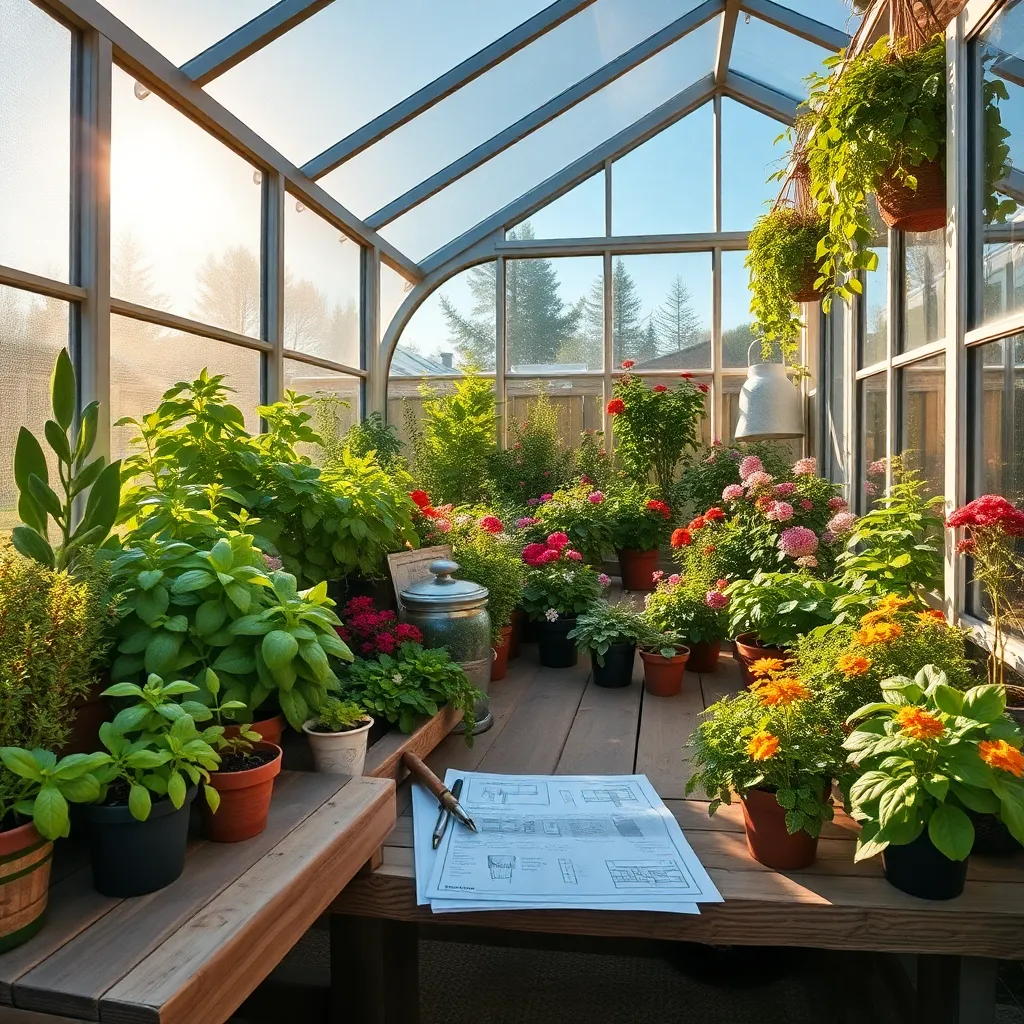
When planning your next greenhouse upgrade, consider the specific needs of your plants. Grouping plants with similar light and humidity requirements can maximize growth and simplify maintenance.
Begin by evaluating your current setup and identifying areas for improvement. It might be beneficial to add more shelving or adjust the height of existing shelves to accommodate taller plants.
Investing in quality materials, such as UV-stabilized polyethylene or polycarbonate panels, can improve insulation and light diffusion. These materials not only enhance the growth environment but also extend the life of your greenhouse.
For those keen on advanced techniques, consider incorporating an automated ventilation system. This allows for precise control of temperature and humidity, fostering optimal growing conditions with minimal manual intervention.
To ensure adequate drainage, lay a gravel or stone base before adding soil or plant containers. This prevents waterlogging, which can lead to root rot and other plant diseases.
Regularly monitor your greenhouse’s microclimate by using digital thermometers and hygrometers. These tools help you maintain ideal conditions, ensuring your plants thrive throughout the year.
Experimenting with vertical gardening systems can also be a space-efficient upgrade. These systems allow you to grow more plants in limited space, making better use of the vertical height in your greenhouse.
Conclusion: Growing Success with These Plants
In the journey of nurturing and sustaining a thriving relationship, we’ve explored five key concepts: the importance of regular communication, the value of shared goals, the necessity of personal space, the power of appreciation, and the role of conflict resolution. These pillars form the sturdy framework of any successful relationship, much like the structure of a well-built greenhouse nurtures the growth of vibrant plants.
Now, it’s time to take action. Pick one concept and discuss it with your partner today, creating a small but meaningful step towards enhancing your relationship. Remember, each conversation is a building block towards a stronger bond.
As you continue to cultivate your relationship, save this article for future reference. It’s your go-to guide for maintaining a flourishing partnership, ready to offer support whenever you need it.
Looking ahead, embracing these principles consistently will not only strengthen your relationship but will also pave the way for long-term happiness and success. So, bookmark this article, and let it serve as a beacon of guidance as you nurture a loving and resilient connection with your partner. Together, your relationship can grow and thrive beautifully, just like a well-tended greenhouse.


